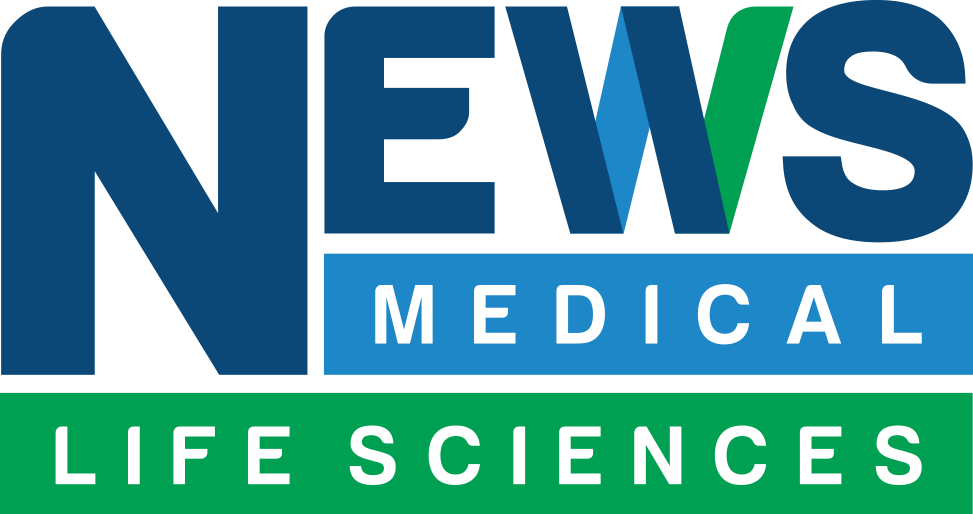## Can Gaming Tech Help Cure Brain Diseases? 🤯
Think of your brain as a giant, complex game board. Each neuron is a player, constantly sending and receiving signals. But what happens when a few players get knocked out, causing glitches and malfunctions? That’s what happens in brain diseases like Parkinson’s and Alzheimer’s.

Now, imagine a revolutionary treatment that could re-program the game, replacing damaged players with fresh, healthy ones. This isn’t science fiction, it’s the future of stem cell therapy, and it’s getting a serious upgrade thanks to some mind-blowing hybrid technology! 🧠🚀
Dive into the latest breakthrough that could change the landscape of brain disease treatment, blurring the lines between gaming innovation and medical marvel.The DGIST Breakthrough: A Winning Combination
Gamestanza has been closely following the groundbreaking advancements in stem cell therapy, and the latest news from the Daegu Gyeongbuk Institute of Science and Technology (DGIST) is truly revolutionary. Researchers there have developed a hybrid technology that promises to significantly enhance the precision and effectiveness of stem cell-based treatments for brain diseases.
The Science Behind the Success: pMUT Arrays, SPIONs, and the Symphony of Stimulation
This innovative approach marries two cutting-edge technologies: magnetic Cellbots for targeted stem cell delivery and a piezoelectric micromachined ultrasound transducer (pMUT) array for localized ultrasound stimulation. The Cellbots, each carrying a payload of superparamagnetic iron oxide nanoparticles (SPIONs), act as tiny guided vehicles, maneuvering precisely to the desired location within the brain under the influence of an electromagnetic field.
Once positioned, the pMUT array takes center stage. This sophisticated system, comprising 60 µm elements, delivers focused ultrasound pulses directly to the targeted area. The pMUT’s miniaturized design allows for exceptional spatial resolution, ensuring that the stimulation remains confined to the intended region, minimizing any potential off-target effects.
Game-Changing Results: 90% Neurite Length Increase and the Promise of Functional Neural Networks
The results of this study are nothing short of astounding. Researchers observed a remarkable 90% increase in neurite length in stem cells subjected to ultrasound stimulation compared to the control group. Neurite outgrowth is a crucial indicator of neuronal maturation, signifying the formation of connections between nerve cells, essential for proper brain function.
This remarkable enhancement in neurite length holds immense promise for regenerating damaged neural tissue. By promoting the formation of functional neural networks, this technology could potentially restore lost function in patients suffering from neurodegenerative diseases like Parkinson’s and Alzheimer’s.
Leveling Up the Future of Treatment
The implications of this breakthrough extend far beyond the laboratory. The seamless integration of magnetic Cellbots and pMUT arrays paves the way for a new era of minimally invasive stem cell therapies, offering a less traumatic and more targeted approach to treating brain diseases.
Beyond the Lab: Translating Research into Clinical Applications for Human Patients
While this research is still in its early stages, the DGIST team has ambitious plans to translate their findings into clinical applications. They are exploring the potential of adapting the system for minimally invasive procedures in human patients, bringing the hope of regenerative medicine closer to reality.
The Potential Impact: From Parkinson’s to Alzheimer’s, Reshaping the Landscape of Neurodegenerative Disease Treatment
The potential impact of this technology on the treatment of neurodegenerative diseases is profound. Parkinson’s disease, characterized by the loss of dopamine-producing neurons, and Alzheimer’s disease, marked by the progressive decline of cognitive function, are two of the most devastating neurological disorders, with limited treatment options currently available.
By precisely delivering stem cells to damaged areas in the brain and promoting their differentiation into functional neurons, this hybrid technology could potentially halt or even reverse the progression of these debilitating diseases, offering a beacon of hope for millions of patients worldwide.
Conclusion
So, there you have it. Scientists have cracked the code to a more precise and effective way of treating brain diseases using stem cell therapy. This new hybrid technology, which combines the regenerative power of stem cells with the targeting capabilities of nanocarriers, holds immense promise for conditions like Parkinson’s and Alzheimer’s. It’s a game-changer because it allows for the delivery of stem cells directly to the affected areas of the brain, minimizing damage to healthy tissue and maximizing therapeutic benefits. This breakthrough isn’t just about scientific advancement; it’s about hope. Hope for millions of people suffering from debilitating brain diseases, hope for families struggling to cope with these conditions, and hope for a future where these diseases are no longer a source of fear and uncertainty. Imagine a world where targeted stem cell therapy becomes commonplace, where damaged neurons are replaced, and cognitive decline is halted. This technology has the potential to revolutionize healthcare and rewrite the narrative of these devastating diseases. The journey is just beginning, but the destination is a future where the brain’s remarkable ability to heal itself is harnessed to its fullest potential.
